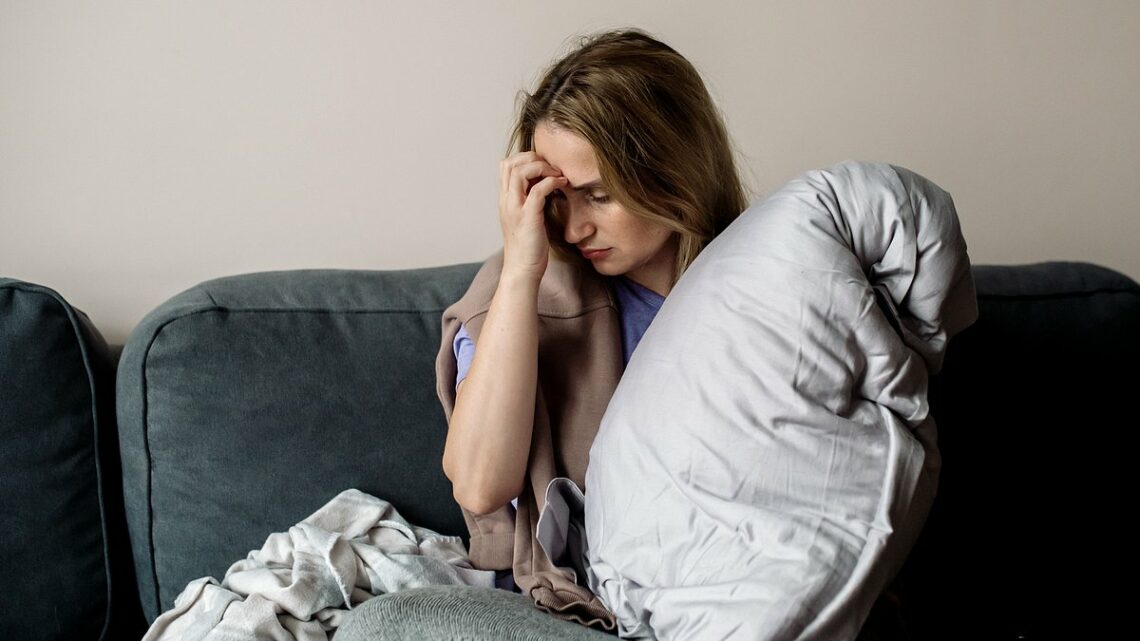
JOHN O'CONNELL: Why do public sector workers take more time off sick!
September 26, 2023JOHN O’CONNELL: Shorter hours, higher pay, more holiday… and working from home. So why on earth do public sector workers take more time off sick!
They’re calling it ‘Sick Note Britain’. The number of people taking time off work due to supposed illness is at a 15-year high — and is up sharply from just before Covid.
As the Mail reported, new figures from the Chartered Institute of Personnel and Development reveal that the average worker took 7.8 days off sick over the past year – the highest number since 2008.
But averages can hide as much as they reveal. Drill down further into the report and you will find that the average public sector worker took almost twice as much sick leave – 10.6 days – as their private sector colleagues on 5.8 days.
And, of course, many workers will have taken no sick days at all – some people will be grossly skewing the figures.
Is there some terrible new sickness sweeping the country? A crippling pathogen laying waste to the workforce?
Hardly. In fact, the cause of this tidal wave of alleged illness deserves close scrutiny.
New figures from the Chartered Institute of Personnel and Development reveal that the average worker took 7.8 days off sick over the past year – the highest number since 2008 (stock image)
While the top causes of short term sickness were minor illness, musculoskeletal injuries such as back pain and poor mental health, three-quarters of employers have recorded a big increase in ‘stress’ as the reason given by employees for absence, according to a report in the British Medical Journal’s Evidence-Based Medicine, published in the Mail this week.
READ MORE: Now it’s WFB! Brits work from the beach as more than one in three firms say they now allow their staff to log in remotely from abroad
And if you thought the pandemic was to blame, the report also suggested the risk of so-called ‘long Covid’ had been overestimated due to major research flaws.
Maybe the increase in ‘stress’ reflects the isolation of working from home, which has remained the norm for so many of us since it was commonly adopted during the pandemic.
Perhaps the back-ache and neck pain comes from working on a computer on a sofa and missing out on the journey to work. And could it be that these mental health difficulties are the result of cramming your work and family life – with all the chaos that often entails – into one small space, with nowhere to go for relief?
So what is to be done? I would argue that tackling the problem of how to manage sick leave in the private sector is best left to individual businesses.
After all, the pressure to remain profitable is one very clear and obvious reason why absentee rates are so much lower in private companies — and bosses crack down more successfully on shirkers.
But in the public sector, the soaring levels of sick leave should be seen as the urgent responsibility of ministers and managers who, for decades, have wilfully ignored the problem.
Office culture in the public sector is too often focused on looking after the perceived needs of the staff and avoiding confrontation with the unions, rather than the quality and efficiency of the service that taxpayers pay them to provide.
The average public sector worker took almost twice as much sick leave – 10.6 days — as their private sector colleagues on 5.8 days (stock image)
Too often, this means that managers effectively turn a blind eye to staff absence and sick leave.
Of course, workers who are genuinely ill should be given time and space to recuperate. But research by the TaxPayers’ Alliance has revealed that proper processes for managing sick leave are often completely ignored in the public sector.
In the Ministry of Defence, for example, more than 35,000 periods of sick leave in excess of seven days were taken last year without a single sick note being asked for or supplied.
This means that the MoD, even as a war rages in Europe, has seemingly ignored British employment law.
This clearly states that a note from a health professional certifying whether an employee is fit for work or not is required after seven days’ sickness leave.
The problem actually goes back decades. Research shows that sick leave has been higher in the public sector than the private every year going back to 1995 – at an average annual cost difference of nearly £55 million a year to the taxpayer.
And this is despite public sector workers typically enjoying about a week’s more annual leave than their counterparts in the private sector.
Analysis has shown that if public-sector leave was capped at the private-sector standard of 25 days a year instead of the 30 days more common in the state sector, the Government could save £3.1 billion a year.
In addition, the Office for National Statistics has revealed that public sector workers are paid on average around £30,000 – 7 per cent more per hour than their private sector counterparts. They typically work fewer hours – 36 against 37 hours per week – as well as having higher pensions.
It’s easy to dismiss the nation’s growing sick note culture as a minor inconvenience, but it can have surprisingly wide-ranging effects.
Only this week, Gatwick airport cancelled dozens of flights and delayed tens of thousands of passengers because a third of its air traffic controllers reportedly called in sick.
Sick note Britain is hobbling our economy, making public services unnecessarily expensive and forcing up the tax burden. In the private sector, it’s a major drag on Britain’s flatlining productivity, which in turn puts a brake on growth.
With our economy in a parlous state, ministers need to practice what they preach. The public sector should now be expected to lead by example – cracking down on excessive sick leave, putting proper processes in place and making sure they’re followed. Council and civil service managers should also consider whether it’s time to end the ridiculous work-from-home experiment that increasingly seems to have undermined the efficiency of our public services, provided worse value for money for taxpayers and failed to become the promised panacea for the health and wellbeing of public servants.
Needless to say, hybrid working is significantly more common in the public sector than in industry.
As the Mail reported earlier this month, 1,350 council employees had been logging on remotely from destinations as exotic as Australia, Dubai, Brazil and India.
Other local authorities have introduced a four-day working week, with no loss of pay for employees working 20 per cent fewer hours.
The result of this pandering is that many town halls, which are built, equipped and run with taxpayers’ money to provide the services we all pay for, are often at least half empty.
Who could forget the pictures of Jacob Rees-Mogg leaving notes on the empty desks of Whitehall mandarins appealing for them to return to the office?
They work shorter hours, get paid more, receive more holiday and don’t even have to turn up to the office. Yet still, state employees take more time off sick.
It looks increasingly like the WFH-sceptics were right. The latest statistics seem to show that mixing and interacting with your workmates, walking for the train or bus to work and having a change of environment between home and office might be not only better for creativity and productivity, but better for your physical and mental health as well.
And a happier and healthier workforce is good for all of us. It might even boost the economy, too — and do something to tackle the growing scourge of our sick note culture.
John O’Connell is the CEO of the TaxPayers’ Alliance
Source: Read Full Article



